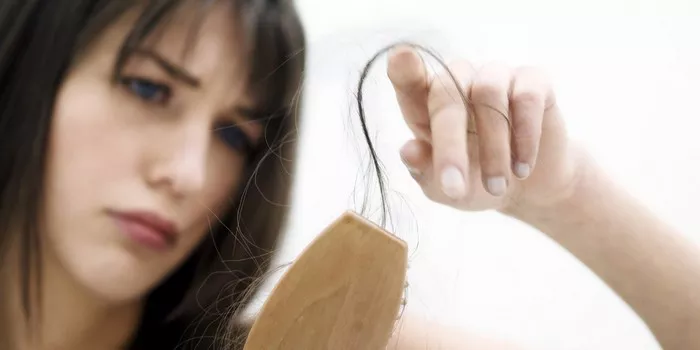In a historic achievement for biomedical engineering, researchers at the Rensselaer Polytechnic Institute in New York have successfully 3D-printed hair follicles within lab-grown human skin tissue, marking a significant leap forward in regenerative medicine. The groundbreaking results, published in the journal Science Advances, not only hold aesthetic implications for potential baldness cures but also offer promising prospects for the future of skin grafts.
Significance of the Breakthrough:
The hair follicles, vital for regulating body temperature through sweat production and housing essential stem cells for skin regeneration, represent a breakthrough that extends beyond cosmetic concerns. This advancement opens new avenues for regenerative medicine, potentially transforming the landscape of artificial hair transplants.
Automation in Biomanufacturing:
The success of 3D-printed hair follicles suggests the potential automation of processes in biomanufacturing skin. The technique, involving cellular-level precision, demonstrates promise in generating not only new hair follicles and shafts but also in facilitating successful skin grafts.
Realistic Skin Models:
Historically, safety assessments often relied on hairless engineered skin tissues. The incorporation of 3D-printed hair follicles into skin models now provides researchers with a more realistic platform to explore the intricate interactions between skin and various formulations. This development paves the way for testing more effective treatments for a diverse range of skin conditions.
Conducting the Study:
The research team utilized tailored 3D-printing techniques at the cellular level. The process involved cultivating skin and follicle cells until a sufficient quantity of printable cells was obtained. These cells were then combined with proteins and other materials to create a specialized “bio-ink” for the printer. The ultra-thin needle of the printer deposited the bio-ink layer by layer, creating channels for the placement of hair cells. Over time, skin cells migrated to these channels, replicating the natural follicle structures found in authentic skin.
Implications for the Future:
The successful printing of hair follicles represents a groundbreaking advancement in skin tissue engineering. The prospect of 3D-printed skin grafts capable of growing hair signals a transformative future for medical procedures related to artificial hair transplants. As this research unfolds, it holds the potential to redefine possibilities for hair restoration and skin regeneration, offering hope to those seeking innovative solutions for various dermatological conditions.


